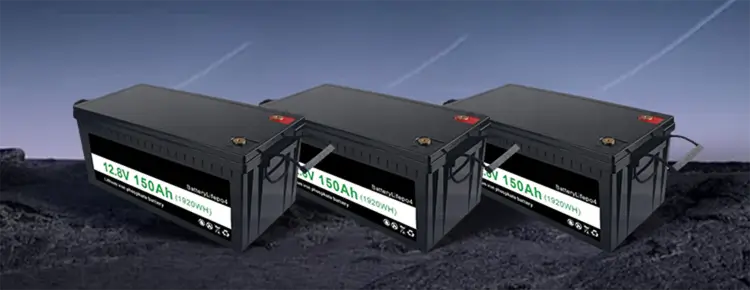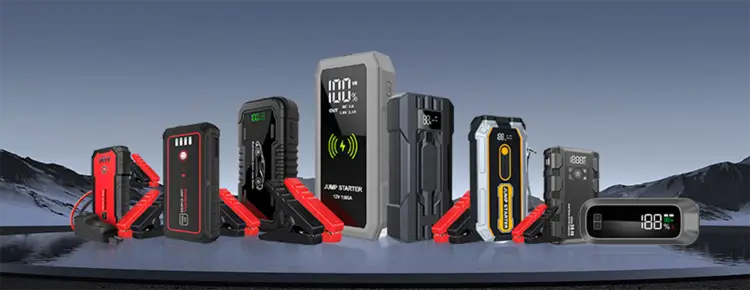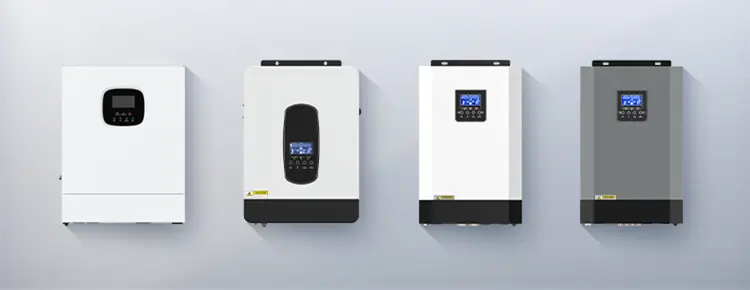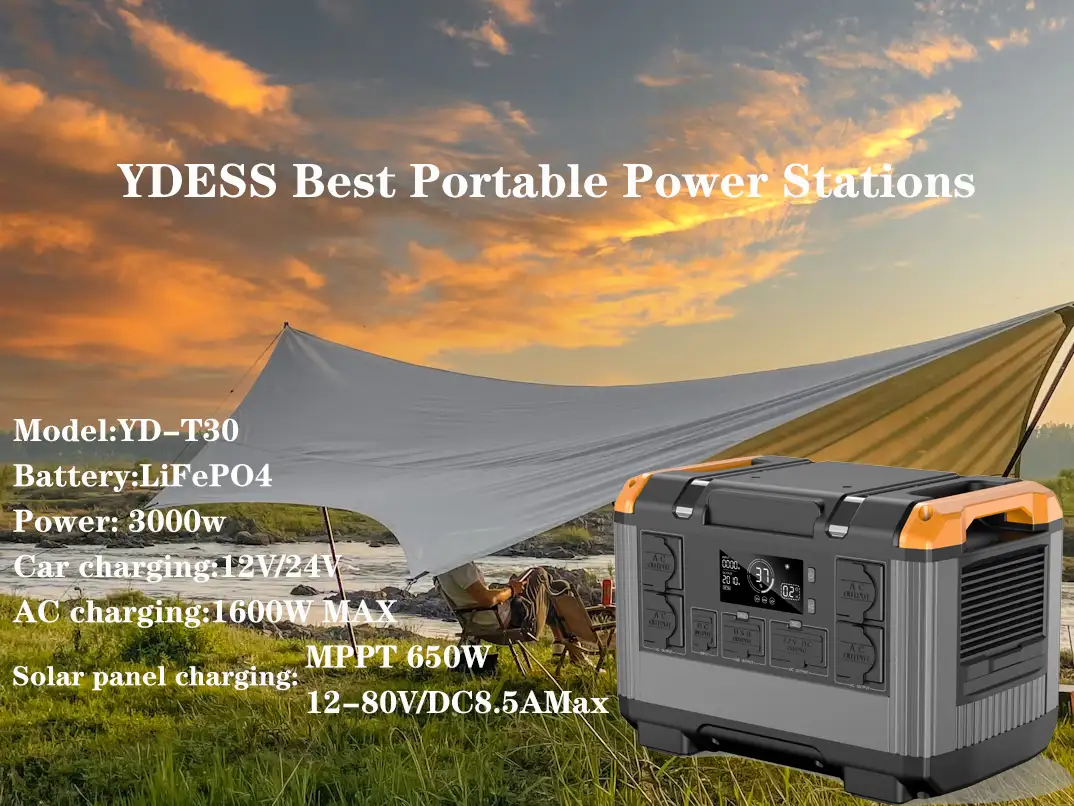Portable power stations have become essential for camping, RV trips, emergency backup, and off-grid living. But one question always comes up: Why are they so expensive?
It's not just about slapping a battery into a box—there's a lot of engineering, safety testing, and high-quality materials involved. Let's break down the real reasons behind the price tag.
1 High-Quality Battery Cells (The Heart of the System)
The most expensive part of any portable power station is the battery. Most premium models use lithium iron phosphate (LiFePO4) or high-grade lithium-ion cells, which are:
- More durable (2,000+ charge cycles vs. 500-1,000 for cheap batteries)
- Safer (less prone to overheating or swelling)
- More energy-dense (more power in a smaller space)
Cheaper brands might cut corners with lower-quality cells, leading to faster degradation or even safety risks.
2 Advanced Battery Management System (BMS)
A good BMS is like the brain of your power station—it ensures:
- Overcharge/over-discharge protection (prevents battery damage)
- Temperature control (shuts down if too hot or cold)
- Balanced charging (keeps all cells at equal voltage for longevity)
A poorly designed BMS can ruin a battery in months, while a high-end one extends its life for years.
Why This Matters:
The BMS is what separates premium power stations from cheap power banks. It's the difference between a device that lasts 5+ years versus one that fails after 12 months.
3 Pure Sine Wave Inverter (Clean Power for Sensitive Devices)
Cheaper power stations use modified sine wave inverters, which can:
- Damage sensitive electronics (laptops, medical devices, etc.)
- Cause buzzing in audio equipment
- Reduce efficiency
Pure sine wave inverters (found in premium models) deliver smooth, grid-like power but cost significantly more.
4 Rugged, Well-Designed Housing
A portable power station needs to survive:
- Drops and impacts (reinforced corners, shock-absorbing materials)
- Water and dust resistance (some have IP ratings for outdoor use)
- Heat dissipation (proper cooling vents or fans to prevent overheating)
Cheap plastic cases might crack, while high-end models use aluminum alloy or reinforced ABS plastic.
5 Multiple Charging Options (Solar, AC, Car, etc.)
A good power station supports:
- Fast solar charging (with MPPT controllers for maximum efficiency)
- Dual AC charging (some can charge while powering devices)
- Car charging (for road trips)
Adding these features increases complexity—and cost.
6 Safety Certifications (UL, CE, FCC, etc.)
Reputable brands invest in:
- UL certification (ensures fire and electrical safety)
- CE/FCC compliance (meets international standards)
- UN38.3 for lithium batteries (required for air travel)
Cheap, uncertified models might save money upfront but could be dangerous.
7 Warranty & Customer Support
Premium brands offer:
- 3-5 year warranties (vs. 1 year for budget models)
- Better customer service (easier replacements, troubleshooting)
This extra support costs money but gives peace of mind.
So, Are Expensive Portable Power Stations Worth It?
Yes, if you need:
- Long battery life (5+ years)
- Safe, reliable power for expensive devices
- Fast charging and multiple input options
- Durability for outdoor use
No, if you:
- Only need occasional, low-power use
- Don't mind replacing it every 2-3 years
- Are okay with potential safety risks
Final Thought: You Get What You Pay For
Portable power stations are expensive because they pack high-end batteries, smart electronics, and rugged engineering into a compact package. If you rely on one for emergencies or outdoor adventures, investing in a quality model pays off in the long run.
Looking for recommendations? Check out our Best Portable Power Station guide for top-rated options at different price points!




